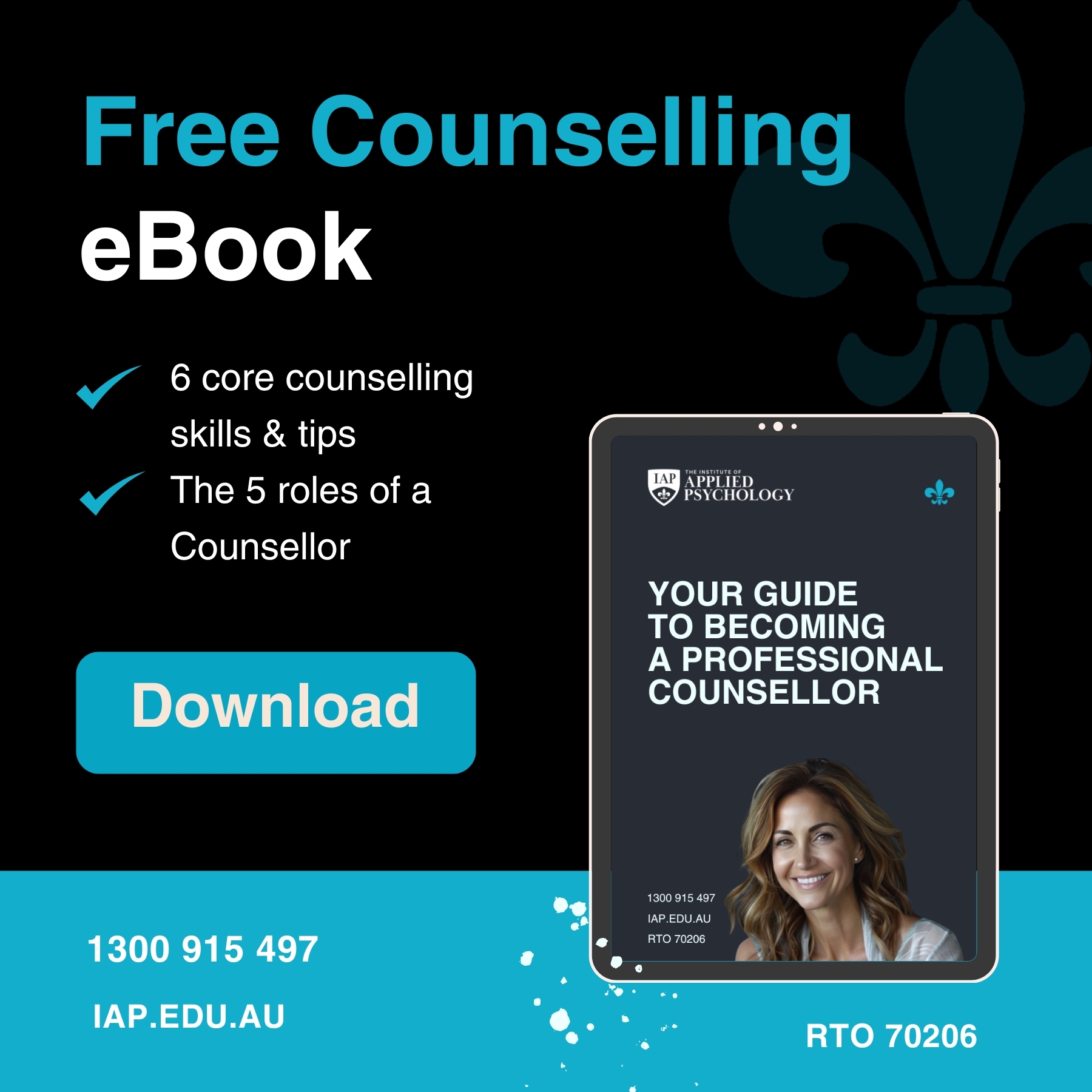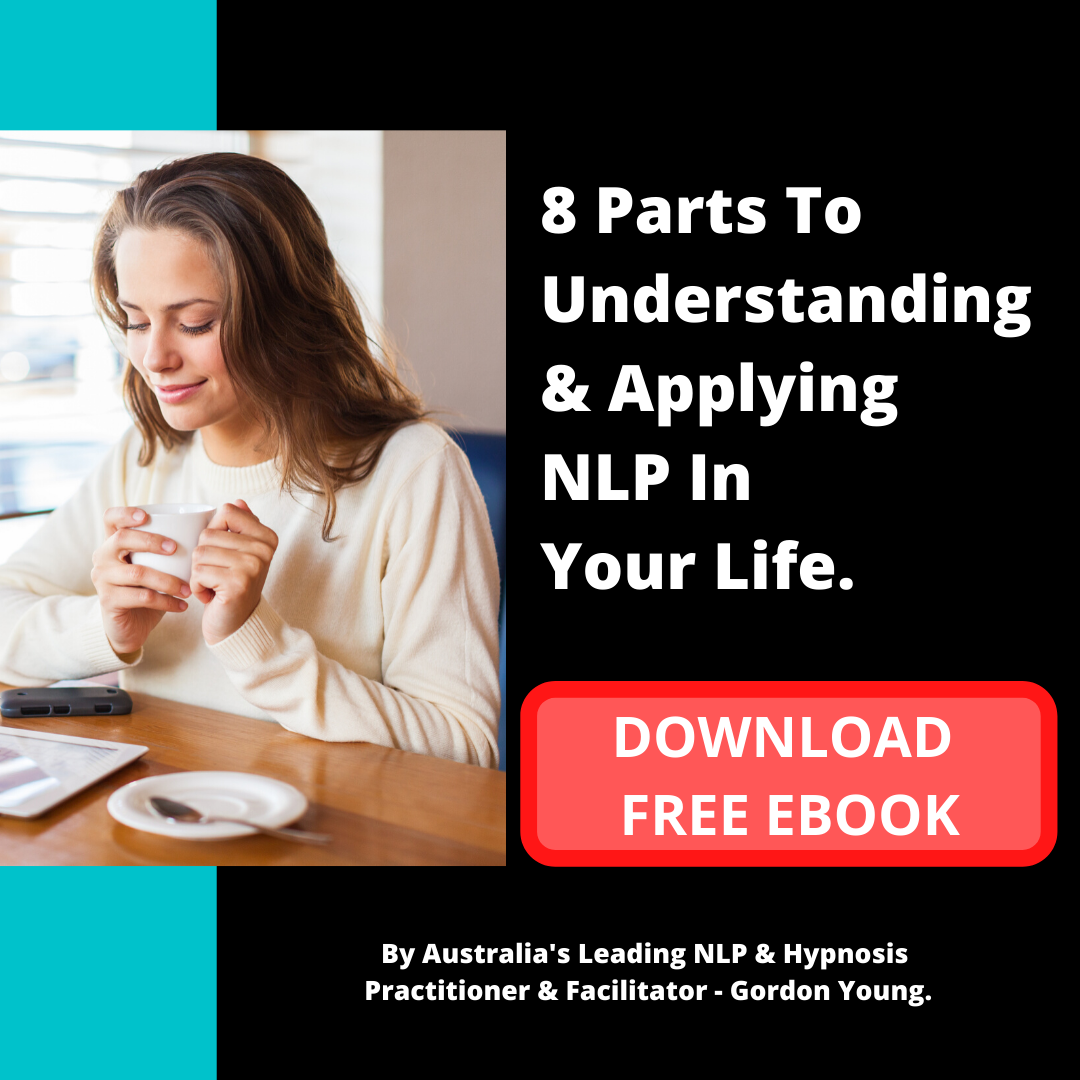Mastering Your Emotional States with Powerful NLP
Have you ever caught a whiff of freshly cut grass and suddenly felt like you were five years old again, running barefoot in your backyard? Or heard a particular song that instantly lifted your mood? These are everyday examples of Neuro-Linguistic Programming (NLP) anchoring at work
Anchoring is a cornerstone of Neuro-Linguistic Programming (NLP) – and it’s much more than a psychological trick. It’s a tool that, when used intentionally, can help you take control of your emotions, transform your mindset, and even rewire unhelpful behavioural patterns. To learn more about how to apply NLP practically, explore our NLP techniques list here.
Whether you’re a coach, leader, teacher, or simply someone eager to understand the human mind better, this guide will walk you through the what, why, and how of anchoring in a down-to-earth way.
What Is NLP Anchoring?
At its core, an anchor is a stimulus that evokes a specific emotional or physiological response. This stimulus might be visual, auditory, kinaesthetic, olfactory, or gustatory.
It works because when you’re in an intense emotional state and a specific trigger is introduced, a neurological connection is formed between that trigger and the state. The next time that trigger appears, your brain shortcuts to the original emotion.
It’s like emotional déjà vu—only more useful.
Real-World Examples of Anchoring
- Cinema nostalgia: Remember those comfort breaks at cinemas when ice-cream ads filled the screen? The visuals and music anchored excitement and cravings. Cue the ice-cream vendor, and the crowd was primed to buy.
- Irritation triggers: Think of someone’s habit that annoys you. Chances are, the annoyance is anchored. Just thinking about them doing it is enough to get under your skin.
- Powerful memories: The scent of sunscreen can mentally teleport you to a beach holiday. These multi-sensory anchors can include images, sounds, feelings, and smells, making them even more potent.
The Science Behind Neuro-Linguistic Programming Anchoring
When a strong emotional experience meets a unique stimulus, neurons fire together and wire together. This neurological principle explains why repeated exposure to a stimulus paired with a feeling strengthens the anchor.
That’s why understanding and intentionally designing your anchors through NLP is so empowering—it allows you to recall confidence, calm, or motivation at will.
The NLP Anchoring Process: Step-by-Step
- Recall a vivid memory where you experienced the desired emotion (e.g., confidence).
- Apply a unique physical anchor, like pressing a knuckle.
- Change your state by shifting focus (look around the room, shake it off).
- Test the anchor by reapplying the stimulus. Do you feel the desired state returning?
Repeat this process to embed the anchor.
| Anchor Type | Purpose |
| Resource Anchor | Trigger inner strength, confidence, or calm when needed. |
| Stacked Anchor | Layer multiple positive anchors to create heightened emotional states. |
| Chaining Anchors | Move sequentially from one state to another (e.g., from fear to excitement). |
| Collapse Anchor | Override a negative anchor with a positive one. |
| Search Anchor | Trace emotions back to their original source to gain clarity. |
Checklist: 10 Keys to Effective NLP Anchoring
- High Emotional Intensity: The stronger the feeling, the stronger the anchor.
- Precise Timing: Apply the anchor at the peak of the emotion.
- Unique Stimulus: Use something uncommon—like a specific knuckle press.
- Repetition: Reinforce the anchor with repeated exposure.
- Multi-Sensory Triggers: Combine visual, sound, touch, smell, or taste for impact.
- State Testing: Test the anchor consistently to ensure effectiveness.
- Stacking for Power: Stack anchors to amplify emotional intensity.
- Chaining for Transition: Use chaining to move from negative to positive states.
- Collapsing Negatives: Disrupt old patterns by collapsing bad anchors.
- Personalisation: Align with your least-used sensory system for surprising power.
Using NLP Anchors to Reclaim Control
Imagine walking into a presentation and instantly triggering your “confidence anchor.” You stand taller, speak clearly, and engage the room. Or perhaps you’re in a high-stress moment—pressing your calm anchor helps you shift gears and think clearly.
This isn’t wishful thinking. It’s the neuro-associative conditioning of NLP in action.
Using NLP to Anchor Your Best Self
NLP anchoring isn’t about manipulation. It’s about empowerment. You already anchor yourself unconsciously; NLP simply gives you the tools to do it with intent.
So the next time you find yourself anxious before a big event, stressed at work, or just in need of a mindset shift, remember—your anchor is only a breath, a sound, or a touch away.
Train yourself. Tune your anchors. And watch your life transform.
Therapies That Complement NLP
NLP can work in conjunction with a number of therapies, including Cognitive Behavioural Therapy, Emotion Freedom Therapy and the use of hypnosis techniques. If you’d like to explore this further, we recommend you expand your skills with our hypnotherapy courses in Sydney.
NLP and hypnotherapy share many techniques, especially around language patterns and accessing the subconscious mind. Hypnosis can deepen the trance state NLP often uses to facilitate change, making suggestions more powerful and lasting.
Want to Learn More about Neuro-Linguistic Programming?
Curious about NLP? Click here to explore our comprehensive NLP course and see how mastering anchoring and other techniques can transform your results. Or call us on 1300 915 497.








